If you’re new to the world of digital business, one thing quickly becomes clear: email is still where a lot of the magic happens. While social media is flashy and search traffic is unpredictable, owning your list puts you in full control of your audience. Nobody can suddenly change an algorithm and wipe your communication channel off the map.
Building an email list gives you a direct connection to people who care about what you do. These are the folks who signed up to hear more from you, which often means higher engagement and better results from every campaign you send. Plus, with a well-managed list, you can encourage repeat business, nurture relationships, and boost conversions far beyond what’s possible just relying on social or Google.
So, what do you need to know to get started? This guide breaks down email marketing basics step by step, especially for beginners who want to do things right from the beginning. I’ll break down what email marketing is, set up the tools, build your first list, and show how to avoid common missteps so you can get consistent results from the start.
Email Marketing Basics: What It Is and Why It Works
Email marketing is sending messages to a group of people (your subscribers) who have chosen to hear from you, usually for updates, education, promotions, or exclusive perks. Compared to other channels like paid ads or SEO, email gives you super direct access. There’s no waiting for your post to get boosted in feeds, and you’re not fighting against the latest SEO changes. Your message lands right in the inbox.
For new marketers, this is pretty handy. A few reasons why email makes sense for almost any type of business:
- You own your list, which means you can always reach your audience.
- Email has higher engagement rates (open rates, clicks, and replies) than most other channels.
- You can personalize messages to build real relationships.
- It’s cost effective, even for small businesses or solo creators.
Some terms you’ll see a lot in email marketing:
- Open Rate: The percentage of people who open your email.
- Click Through Rate (CTR): The number of people who clicked a link in your email versus the total sent.
- Conversion Rate: The number of people who took your desired action (bought, downloaded, replied, etc.) after clicking from your email.
Learning how to track and improve these numbers is basically Email Marketing 101. If you ever want deeper info on the numbers, sites like Mailchimp’s benchmarks report are pretty useful.
Why Relying on Platforms Alone Can Limit You (and How Your Own List Beats It)
If you’re still only focusing on growing followers on Instagram, Facebook, TikTok, or even just banking on SEO, it’s time to consider something. When those platforms switch up their rules, you might lose reach overnight. With Google, one algorithm update and your site traffic can drop, and with social media, your account or post can basically vanish if the rules change or you get caught in a ban sweep.
This is where your email list becomes super important. Even if you lose access to a social account, you can still reach your subscribers and keep building your brand. Here’s a common example: creators or ecommerce brands who want consistent sales often see that repeat buyers are most likely to return from their email list, not just from random social or search traffic.
Email subscribers are proven to be more loyal since they already like you enough to give their direct contact info. Over time, this means higher overall earnings and less stress about losing your entire audience to someone else’s platform concerns.
Many experienced marketers will say their warm email list is where the real boost in commissions or bookings comes from. If you want to build a steady online business, owning your audience just makes sense.
The Building Blocks: Choosing Your Email Marketing Platform
Picking a good email marketing tool is your first real step. There are plenty of options out there, and a lot of them are geared toward people who are just starting. Some of the most popular beginner friendly services include:
When picking a platform, there are key features that really matter, even if you’re just a beginner:
- Simple drag and drop editors for making emails and forms
- Automation features (like autoresponders)
- Tagging and segmenting for better targeting
- Good integrations with other popular tools, like WordPress, Shopify, or your social channels
- Clear analytics to track your results
I started with MailerLite when my budget was super tight. It’s easy and has a solid free plan. As my needs grew, switching to something with more automation like ConvertKit gave me space to scale up without starting from scratch. Whatever you pick, make sure the platform feels easy to use and can grow with you (so you don’t have to do a migration headache later on).
Most providers also have free plans or affordable starter options, so feel free to play around and see what fits your workflow best.
Crafting an Offer That Gets People to Subscribe: Lead Magnets Made Simple
Getting someone to share their email doesn’t happen by accident. You need a clear reason, something valuable that solves a problem or helps them reach their goals. Enter the “lead magnet.”
A lead magnet is an incentive you offer in exchange for someone’s email address. Usually, it’s a quick win resource, tool, or discount that’s hard to resist. The key is making sure it matches up with what your target audience wants.
Lead magnet ideas that consistently do well:
- Checklists (“7 Point Website Launch Checklist”)
- Short PDF guides or ebooks (“Complete Beginner’s Guide to Pinterest Ads”)
- Free minicourses or email challenges
- Exclusive discount codes
- Templates or swipe files
- Resource lists (“Top 10 Free Tools for Instagram Marketing”)
For example, if you’re in personal finance, a simple budget tracker template gets way more signups than a vague “sign up for updates” form. I’ve personally seen that whenever I tailor my lead magnets directly to whatever the reader is searching for on my main blog page, signups go way up.
It’s also really important not to overthink it. One-page PDFs or simple checklists can work as well as detailed video courses, especially when they speak to the right pain point.
Setting Up Your Landing Page and Signup Forms
Once you have your lead magnet, you need a way for people to sign up. This is where optin forms and landing pages come in.
Optin forms can be:
- Embedded in your blog posts or site sidebar
- Popped up on entry, exit, or scroll
- Placed after comments or content as a gentle nudge
Landing pages are dedicated pages focused only on getting email signups; nothing else. They work well for ads, guest posts, and social media traffic since there are no distractions.
Some quick pointers I’ve found super useful for form and landing page design:
- Keep it simple; just ask for email (and name, if absolutely needed)
- Highlight the lead magnet benefit right up top (“Grab Your Free Toolkit”)
- Make sure the submit button stands out (“Get Free Access” instead of just “Submit”)
- Include social proof if possible (like “Join 1,200+ readers”)
Most email marketing platforms provide easy builders for both forms and landing pages. There are also plugins and third-party builders like OptinMonster and Thrive Leads if you want more advanced options.

Welcome Series: Setting Up Automated Emails That Actually Connect
Your signup forms are live, and new people are joining the list. What’s next? Your welcome email series. This is the first experience subscribers have after joining, so it really helps set the tone and expectation for everything that follows.
Here’s a basic welcome sequence I’ve seen work well for beginners:
- First Email: Right away, deliver the lead magnet. Introduce yourself (show some personality, not just a generic brand name).
- Second Email: Follow up with a quick story about why you care, a tip, or a bonus resource. Something that helps, not just pitches.
- Third Email: Gently share an offer. This could be your main product, a course, or affiliate link, but focus on how it gives value, not just “buy this.”
- Extra: Throw in Q&A, common mistakes, or a guide to your best content in later emails.
The biggest tip here is to start small and simple. You don’t need a 21day sequence from day one. Just three to five emails that build trust, teach, and slowly introduce what you offer are more than enough to begin with.
Pretty much all good email platforms let you automate this, so every new subscriber gets the same great welcome around the clock. It’s like putting relationship building on autopilot.
Turning Basic Lists Into Segments That Work Harder
As your list grows, not every subscriber wants or needs the same thing. That’s where segmentation comes in. Segmenting means grouping people based on their interests, actions, or demographic info. This way, you can send more relevant stuff and get way better results.
Segmentation often starts with how people signed up (which lead magnet, landing page, or optin form). Once they’re on your list, you can also group by:
- Links clicked in previous emails (showing a topic preference)
- Products purchased
- Campaigns or challenges joined
I made the mistake early on of treating everyone the same and blasting out identical messages. Whenever I switched to tagging subscribers based on which guides they downloaded or products they viewed, open rates and clicks improved almost overnight.
Simple triggers like “If they click the SEO checklist, tag as interested in SEO” are easy to set up and help you offer the right resources, or offers, at just the right moment. Most email platforms have guides on how to set this up, like ConvertKit’s Automation docs.
Nurturing Your Audience With Genuine Value (and The Right Amount of Promo)
Too much selling scares people away, but too little means you might miss real revenue opportunities. Striking a balance is key, and that’s why many marketers use the 80/20 rule: around 80% helpful content, 20% promotion.
Examples of true value driven content you can offer include:
- Exclusive tutorials or case studies
- Updates about your latest work, behind the scenes stories, or lessons learned
- Curated news, trends, or handpicked resources
- Short videos, cheat sheets, or certificates
Whenever you promote something (your own product, a service, or an affiliate offer), tie it directly to the value you just delivered. For example, “Here’s how I made X result… by the way, this tool made it much easier, here’s my review/discount.”
It’s really important to keep nurturing and showing up for your audience even when you’re not actively selling. This keeps trust strong and makes those promotions far more effective when you send them.
Email Marketing Pitfalls (And How New Marketers Can Dodge Them)
A few common issues trip up beginners over and over:
- Buying email lists: This just leads to spam complaints, poor deliverability, and kills trust. Build your list the slow, honest way.
- Only sending sales pitches: People will unsubscribe fast if every email is just a pitch. Mix it up with stories, value, and genuine tips.
- Ignoring spam rules: You need to have that little “unsubscribe” link and your physical address in every campaign (it’s the law in places like the US, UK, and EU).
- Neglecting deliverability basics: Use double opt in when possible, don’t use spammy subject lines, and check your sender’s reputation regularly.
I’ve seen a few friends get kicked off their email marketing platform within weeks because they ignored these basics. Take the time to play by the rules, and you’ll keep your sender reputation clean and your list happy.
Handy Tools and Resources That Make Email Success Way Easier
The right tools do a lot of the heavy lifting for email marketing. Here are a few that saved me a lot of time and improved my results:
- Email Service Providers (ESPs): Most folks start with Mailchimp, GetResponse, ConvertKit, or MailerLite. Good free tiers are available for beginners.
- Landing Page Builders: Services like OptinMonster or Thrive Leads offer easy ways to build optins and landing pages that convert better.
- Analytics: Your ESP dashboard provides basic analytics, but for more, combine it with Google Analytics or try Fathom for privacy-focused tracking.
- Deliverability Checkers: Mail-Tester lets you test how likely your email is to hit the inbox, not the spam folder.
- Template libraries: Look for free or paid email template collections to save time designing campaigns (many ESPs have these built in).
For in-depth learning, I found the Email Mastery blog and Copyhackers’ email copywriting guides super helpful when I was figuring all this out. There’s always more to learn, but starting with the basics above will get you moving fast without getting bogged down.
Pricing: Understanding What Email Marketing Tools Cost
When you’re just getting started, cost is always a concern. Most email marketing platforms have a pretty generous free tier, perfect for those first couple hundred subscribers. Here’s how some of the most popular options break down:
- Mailchimp: Free up to 500 contacts, paid plans start around $13 per month with extra features like automation and AB testing.
- ConvertKit: Free for up to 1,000 subscribers, though you need to upgrade (about $9 monthly) for automations and integrations.
- MailerLite: Free up to 1,000 subscribers with limits on monthly sends. Paid plans start at $10 monthly.
- AWeber: Free plan for up to 500 subscribers, with paid plans from $12.50 monthly.
Landing page and optin tool costs vary too, with a lot of them included in the main ESP’s plan. If you want to go advanced, builders like OptinMonster or Thrive Leads are usually single payments or modest monthly fees (usually $10 to $15 per month or less for essentials).
You can easily spend more as your list or needs grow, but there’s no reason to break the bank when starting out. Most folks only need to pay once their list grows past the first 1,000 or so contacts. That’s a pretty nice problem to have.

My Own Email Marketing Learning Experiences (And What I’d Do Differently)
The first time I tried building an email list, I thought I needed an elaborate lead magnet and ten part autoresponder series. Turns out, none of that is necessary to get working results. My advice is to start simple: one lead magnet, a basic welcome sequence, and a plan to email consistently (even if it’s just monthly to begin).
Another thing I wish I’d known is how important it is to mix personal stories with useful content. Whenever I shared behind the scenes stuff, like the results of an experiment or a small win (or failure), my open rates and replies jumped. It’s proof that people connect with people, not just brands or faceless lists.
If your first emails don’t get dozens of replies, don’t stress. Building trust and engagement takes time. Each week and each campaign will give you better data and insights, so be willing to experiment a bit and see what lights up your list.
Getting More Out of Your List: Advanced Tips for When You’re Ready
Once you’re comfortable with the basics, there are a few more tricks you might want to try out down the line:
- Split testing (AB testing): Tweak subject lines, images, and calls to action to see what works best with your subscribers.
- Personalized content: Use what you’ve learned from segmentation to offer recommendations or tailor offers.
- Automated sequences: Beyond your welcome series, consider onboarding for new customers, reengagement campaigns, or upsell flows after a purchase.
- Reengagement campaigns: If someone hasn’t opened your emails in a while, send a “miss you!” note or special offer to bring them back.
These little extras often provide a big jump in conversions, especially as your list gets larger. Learning to use these options is an ongoing process, and you don’t need to do it all at once.

Community and Learning: Surround Yourself With Fellow Email Marketers
Email marketing isn’t something you have to figure out all alone. There are lively communities and forums where you can ask questions, get feedback, and see real life examples from others who are doing the same thing. I recommend checking out:
- r/emailmarketing on Reddit for practical advice and case studies.
- The Email Marketing Geeks Facebook group for active discussions and ideas.
- Official communities from your ESP, like the ConvertKit Community.
Being part of a group can really help push your skills up a notch, and you’ll often spot little quick wins that you’d otherwise miss working in isolation.
Ready to Launch? Your Next Easy Steps
If you’ve made it this far, you probably know a lot more about email marketing basics than when you started. My advice? Set up your first optin today. Pick a tool, make a quick lead magnet, build a simple signup form, and send out that first welcome email.
Staying consistent, learning as you go, and focusing on genuinely helping your audience is what makes all the difference long term. If you want hands on help, you’ll find tons of practical tutorials on the platforms mentioned above. If you have a favorite niche or topic, post a comment below. I’d love to hear what kind of list you plan to build!
Try GetResponse (free, recommended for beginners)
Check out OptinMonster (for easy popups and landing pages)
Grab your free ConvertKit account
If you have any questions at all or want a walkthrough of a certain tool, leave a comment and I’ll get back to you soon. Building your first list is totally doable, and it’s one of the best assets you can create for your business, starting right now.
Need help setting up OptinMonster-read our beginners guide.
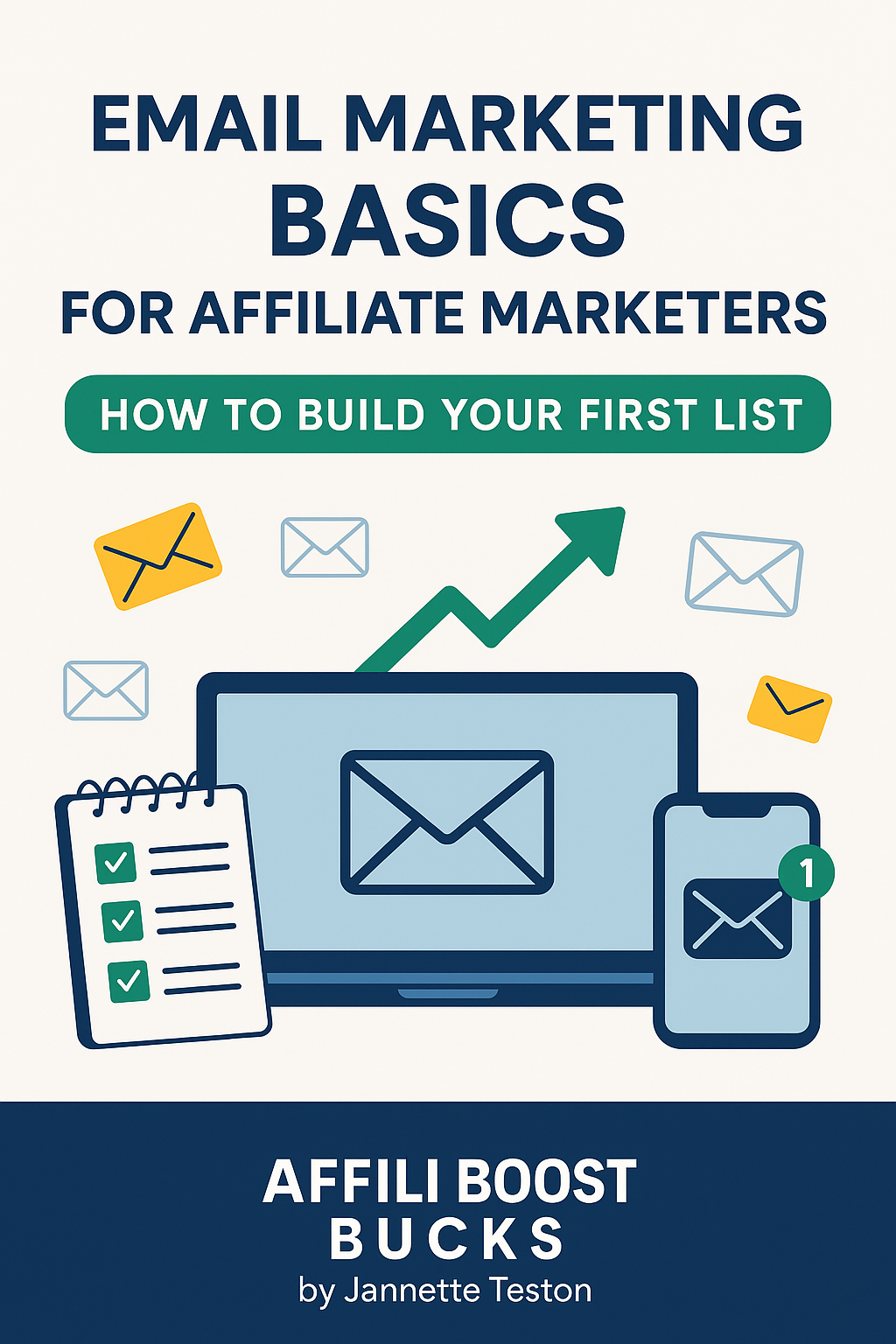
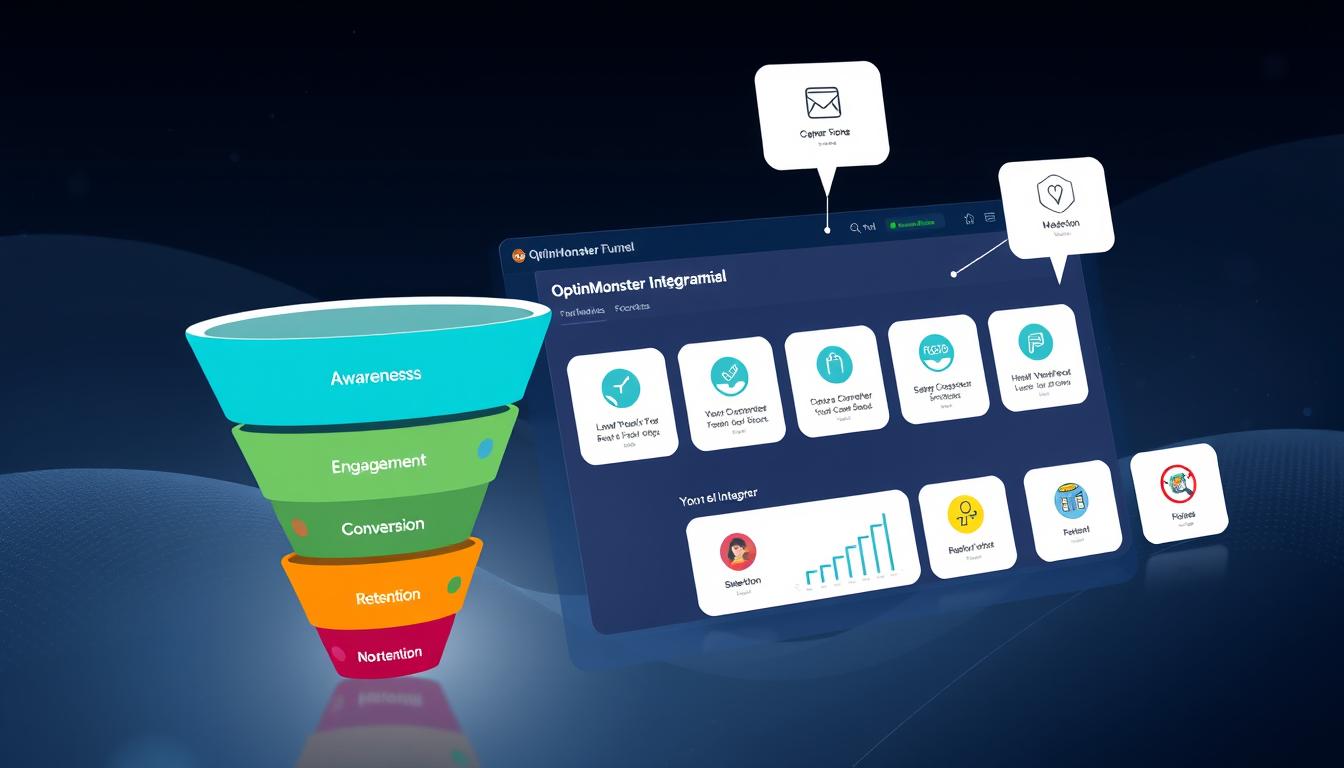
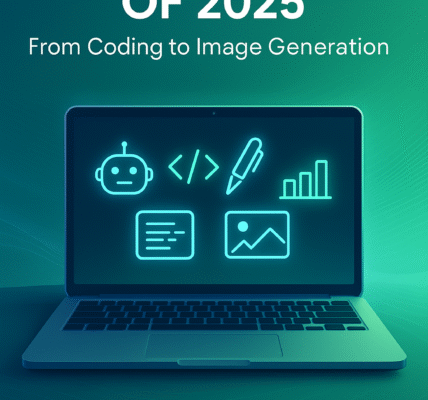
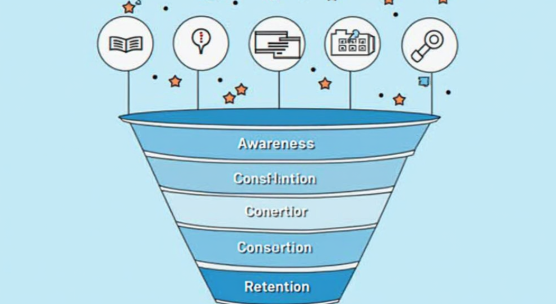
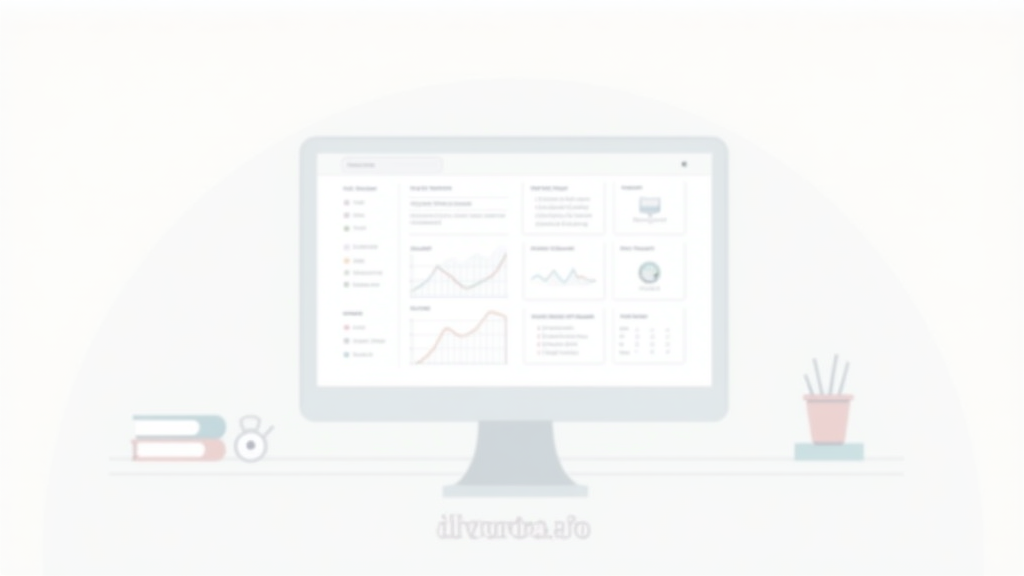
I follow a bunch of newsletters through my email. It would be a dream come true if I am able to build a big audience through email marketing. I am learning a lot. Now, not as a simple follower of other person’s email list, but as a content creator that curates content that followers would find interesting!
That’s such an exciting perspective—you’ve gone from being a subscriber to now envisioning yourself as the creator! Email marketing really does open the door to building that kind of audience connection. Start small, stay consistent, and focus on curating content your readers will look forward to. Over time, that “dream” of a big audience definitely becomes achievable.
This post is super timely, especially for someone like me, an affiliate marketer who just dove into email marketing using Mailchimp’s free plan. I completely relate to your point that “email is still where a lot of the magic happens,” because unlike social media or SEO, building my own list means I truly own that connection, not trusting an unpredictable algorithm to keep my content visible
So far, I’ve focused on growing my list organically through opt-in forms and a simple lead magnet, leveraging Mailchimp’s free-tier limitations to its fullest. What I find trickiest is knowing when it really makes sense to upgrade: when you’ve hit the free-send limits, start thinking about segmentation, or need automation to scale. I’m curious: how do you recommend balancing patience with growth? Do you suggest waiting until a specific threshold, like a certain number of subscribers or strategy complexity, or do you think it’s better to upgrade proactively once you know you’ll need features like tagging or A/B testing?
Overall, your “basics” breakdown is just what beginners need to stay motivated while building smart habits early on. Looking forward to reading more insights as I figure out when the next step is right for my business. Thanks for making the journey feel achievable!
I love hearing how you’re making the most out of Mailchimp’s free plan—that’s such a smart way to build a strong foundation. Upgrading is definitely one of those “it depends” decisions, but I like to frame it around your next big step. If you’re planning a new funnel, want to start A/B testing, or need tagging to personalize emails, that’s usually the sign to move up. Patience is key, but don’t be afraid to invest once the extra features align with your growth strategy.
Discovering the importance of owning an email list rather than relying solely on social platforms resonates deeply, especially as someone who’s seen engagement drop during algorithm shifts. I’ve had the best results with simplicity: a one-page PDF as a lead magnet and a warm welcome sequence of just a couple of emails. That said, I’m curious whether others find value in longer sequences or more elaborate freebies, or if that tends to dilute response rates. From your experience, does refining the onboarding sequence over time (perhaps adding behind-the-scenes stories or early-case study snippets) meaningfully boost engagement? Also, have you found that gradually promoting one core offer versus sprinkling in diverse affiliate links impacts conversion or perhaps loyalty differently?
I really appreciate you sharing your experience—sometimes it’s the simplest lead magnets, like your one-page PDF, that perform the best because they deliver quick, tangible value without overwhelming new subscribers. Your point about a short welcome sequence resonates too; those first few touchpoints often set the tone for the relationship.
From what I’ve seen, refining an onboarding sequence absolutely helps over time. Adding a little storytelling—like behind-the-scenes insights or early case studies—can humanize your brand and keep readers opening emails because they feel connected. That said, it usually works best when layered in gradually so the sequence still feels natural rather than overly scripted.
On the monetization side, I’ve found that focusing on one clear, core offer often drives stronger conversions and trust, especially in the early stages. Once that trust is established, weaving in a few complementary affiliate links can work without feeling scattered. It’s a balance between being helpful and being consistent—too many random offers can dilute loyalty, but thoughtful variety keeps your list engaged long-term.
Have you ever tested sending the same sequence with just the core offer versus sprinkling in a few affiliate links, to see how response rates shift? That could give you some great data on what your particular audience responds to best.
Interesting perspective. I’ve seen some successful affiliates argue that direct linking can work better for certain offers, especially on social media.Solid advice. I’d also add that split testing different headlines and call-to-action buttons on your landing page can significantly improve conversion rates, even for beginners What’s your take on when to use each approach?”
That’s a great point—you’re right that both approaches can work, but context really matters. Direct linking can sometimes shine on fast-moving platforms like TikTok or Twitter, where the audience is looking for quick, low-commitment actions. The trade-off is you’re not building long-term assets like an email list or a branded landing page.
On the other hand, sending traffic to a landing page gives you more control—you can capture leads, test messaging, and nurture people even if they don’t convert on the first click. That’s where split testing, like you mentioned with headlines and CTA buttons, becomes super powerful.
Personally, I think of it this way: if I want quick wins with time-sensitive offers, I’ll test direct linking; but for sustainable growth and long-term affiliate income, I lean on landing pages. It’s less about one being “better” and more about matching the method to your goals and traffic source.
What about you—do you find you get more consistency with landing pages, or have you had better luck with direct links in certain niches?
I really liked this article! It explains email marketing in a way that’s easy to understand, especially for beginners. I love how it emphasizes owning your email list—it’s such an important point that protects you from algorithm changes and gives you direct access to your audience.
I also found the tips on key metrics like open rates, click-through rates, and conversions super helpful. I’m curious—what are some of the best ways to grow an email list organically, especially when you’re just starting out?
Thanks so much for the thoughtful feedback! I completely agree—owning your list really is like holding the keys to your own business instead of renting space on someone else’s platform.
As for growing your email list organically when you’re just starting out, here are a few effective approaches:
Create a valuable freebie (lead magnet): This could be a checklist, mini-guide, or template that solves a quick problem for your audience. Make it something small but actionable so people feel the instant benefit of subscribing.
Leverage your content: Add opt-in forms throughout your blog posts (especially high-traffic or evergreen ones) and try embedding a sign-up box directly in the middle of posts where readers are most engaged.
Use social proof: Share testimonials, success stories, or even simple “Join 500+ readers who…” lines. People are more likely to subscribe if they see others already trust you.
Engage on social media: Instead of only asking people to “join your newsletter,” invite them with context—share snippets of what’s inside (exclusive tips, resources, behind-the-scenes) and link to your sign-up.
Optimize your call-to-actions: Play around with wording. Sometimes switching from “Subscribe” to “Get the Free Guide” or “Join the Community” can make a big difference in conversions.
If you’d like, I can share a couple of real-world examples of beginner-friendly lead magnets that work especially well in affiliate marketing and blogging niches. Would you like me to?